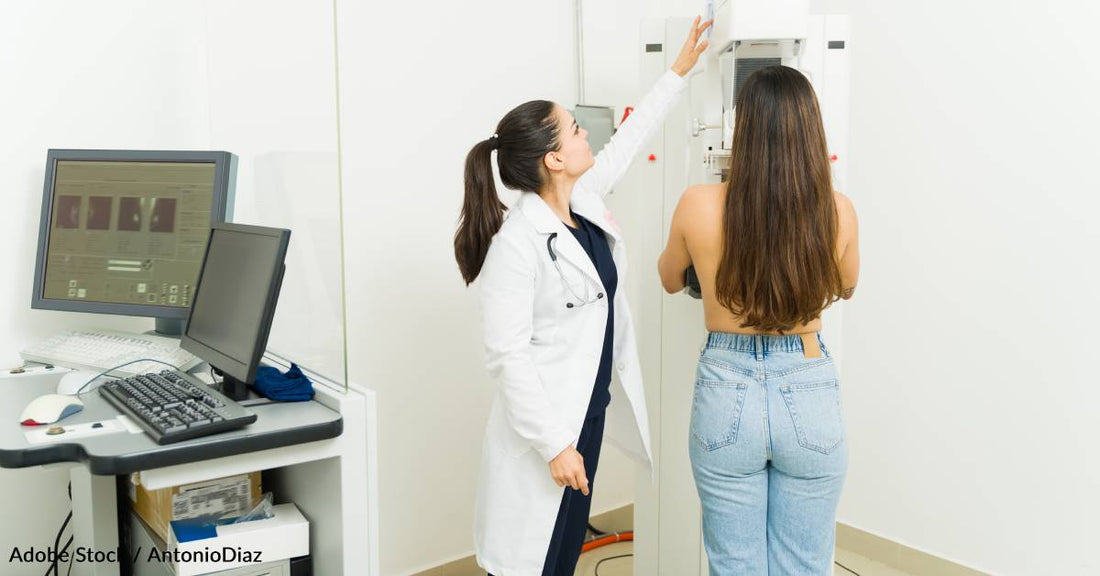Long-term Study Shows Digital Breast Tomosynthesis is Better at Detecting Cancer Than 2D Mammograms
Michelle Milliken
Adobe Stock / AntonioDiaz
While annual breast cancer screenings are essential, regular 2D mammography does have some limitations. Those include the fact that it misses about 20% of breast cancers, which is known as producing a false-negative. On the other hand, false-positives can also lead to worry, extra testing, and higher medical costs for something that does not end up being cancer. Digital breast tomosynthesis (DBT), meanwhile, is a slightly more involved imaging technique, which uses different angles of the breast to produce 3D images. How does their accuracy compare? A new long-term study investigated.
Research recently published in Radiology, the journal of the Radiological Society of North America, compared the abilities of DBT and standard 2D mammography to detect different forms, grades, and stages of breast cancers across more than a quarter of a million screenings. These screenings were performed at Yale University/Yale-New Haven Health between 2008 and 2021. In all, the study involved 35,544 2D mammograms conducted in the first three years, along with 237,394 DBT screenings over the following 10 years, when this form became the standard method at Yale facilities. The study looked at 1,407 cancer cases, 142 of which were detected by 2D mammography and 1,265 through DBT.

The findings showed that DBT was better at detecting cancer, with 5.3 cases per 1,000 screenings, versus 4 per 1,000 for 2D mammography. They detected a similar ratio of invasive cancers to non-invasive ductal carcinoma in situ (DCIS), as well as similar rates of different subtypes and grades. There also wasn’t found to be a significant difference in average invasive cancer size at detection.
However, the rate of advanced cancers was lower with DBT, at 32.6% versus 43.6% for 2D mammography. This suggests these cancers were found earlier through DBT. Additionally, the recall rate for DBT was 7.2%, compared with 10.6% for 2D mammograms. There was also further improvement through each subsequent DBT screening.
The researchers say their findings suggest DBT is better at detecting cancers and doing so at earlier stages.

Dr. Liane Elizabeth Philpotts, co-first author and professor of radiology and biomedical imaging at Yale School of Medicine, says, "DBT's lower recall rate, higher cancer detection rate and lower rate of advanced cancers is a win, win, win. I think this data will contribute to the debate of overdiagnosis by demonstrating that DBT is not over-diagnosing cancers. It's finding the bad actors earlier."
She adds, "These findings add to the growing literature regarding cancer detection with DBT and support its use in screening mammography in the United States and globally. Our results may provide healthcare institutions that have not yet switched from digital mammography to DBT with the data they need to adopt the newer technology."
If you’d like to read the whole study, you can do so here.
Michelle has a journalism degree and has spent more than seven years working in broadcast news. She's also been known to write some silly stuff for humor websites. When she's not writing, she's probably getting lost in nature, with a fully-stocked backpack, of course.




















